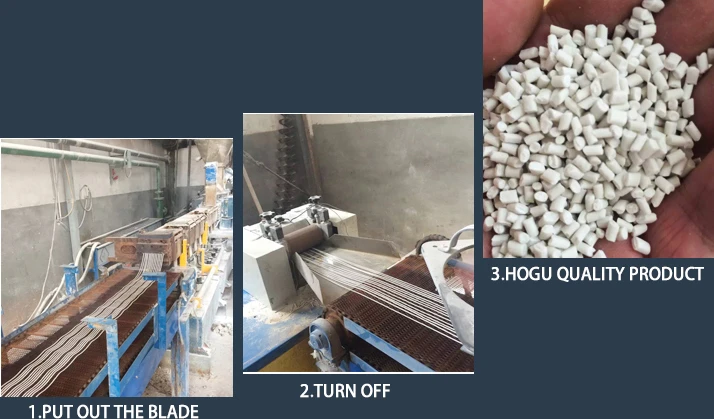



nacl02
Understanding NaClO2 The Chemistry Behind Sodium Chlorite
Sodium chlorite (NaClO2) is an intriguing chemical compound that has garnered attention in various sectors, including industrial, medical, and environmental contexts. As a chlorine-based compound, sodium chlorite is distinguished by its unique properties and applications, which makes it a topic worth exploring.
Chemical Structure and Properties
Sodium chlorite is an inorganic chemical compound consisting of sodium (Na), chlorine (Cl), and oxygen (O). Its molecular formula, NaClO2, reveals that it contains one sodium atom, one chlorine atom, and two oxygen atoms. This composition gives sodium chlorite its oxidizing properties, meaning it readily gives up electrons to other substances. Sodium chlorite appears as a white crystalline powder, and it is highly soluble in water, an attribute that enhances its usability in various applications.
Sodium chlorite is primarily known for its powerful oxidative properties. It reacts vigorously with organic materials and other substances, prompting a wide array of chemical reactions. This characteristic makes it a valuable asset in various industries, from disinfection to pulp bleaching.
Industrial Applications
One of the most significant uses of sodium chlorite is in the field of water treatment. It is employed as a disinfectant to eliminate pathogens and other contaminants in drinking water and wastewater. Sodium chlorite can effectively reduce the levels of bacteria, viruses, and protozoa, thus improving water quality and ensuring public health. The compound acts by releasing chlorine dioxide (ClO2) when it reacts with acids. Chlorine dioxide has excellent antimicrobial properties, making it a preferred choice for water purification processes.
Beyond water treatment, sodium chlorite is also utilized in the pulp and paper industry. It serves as a bleaching agent, helping to brighten paper products while being less harmful to the environment than traditional chlorine bleaching methods. The ability of sodium chlorite to break down lignin, the substance that binds wood fibers together, allows for a more efficient and eco-friendly bleaching process.
nacl02

Medical Uses
In recent years, sodium chlorite has gained attention for its potential medical applications, particularly in alternative medicine. Proponents of sodium chlorite claim that it can be used as a treatment for various diseases, leading to its controversial status. Some believe that when sodium chlorite is converted into chlorine dioxide, it can act as a potent antimicrobial agent capable of combating infections and supporting the immune system. However, it is crucial to note that the use of sodium chlorite in this manner is highly debated and not approved by major health organizations such as the Food and Drug Administration (FDA).
The FDA has issued warnings against the ingestion of sodium chlorite, particularly in concentrations found in some alternative health products. They emphasize that such practices can lead to serious health complications and should be avoided. Therefore, anyone considering the use of sodium chlorite for medical purposes should consult a healthcare professional to evaluate the potential risks and benefits.
Environmental Considerations
Sodium chlorite is not without its environmental concerns. While its use in water treatment and disinfection is essential for public health, improper handling and disposal can lead to environmental hazards. Sodium chlorite can be reactive and harmful to aquatic life if released into natural water bodies in large quantities. Therefore, strict regulations govern its use, storage, and disposal to minimize its ecological impact.
Conclusion
Sodium chlorite represents a chemical compound with diverse applications across industries, particularly in water treatment and paper bleaching. While its potential in the medical field has spurred interest, caution is advised due to safety concerns. As with all chemicals, understanding the properties, benefits, and risks associated with sodium chlorite is crucial for its safe use and management.
In summary, sodium chlorite's unique chemical structure and properties make it a valuable asset in various sectors, underscoring the intricate relationship between chemistry and daily life. As research continues, we may find new applications and a deeper understanding of this versatile compound in the years to come.
-
Why Sodium Persulfate Is Everywhere NowNewsJul.07,2025
-
Why Polyacrylamide Is in High DemandNewsJul.07,2025
-
Understanding Paint Chemicals and Their ApplicationsNewsJul.07,2025
-
Smart Use Of Mining ChemicalsNewsJul.07,2025
-
Practical Uses of Potassium MonopersulfateNewsJul.07,2025
-
Agrochemicals In Real FarmingNewsJul.07,2025
-
Sodium Chlorite Hot UsesNewsJul.01,2025










